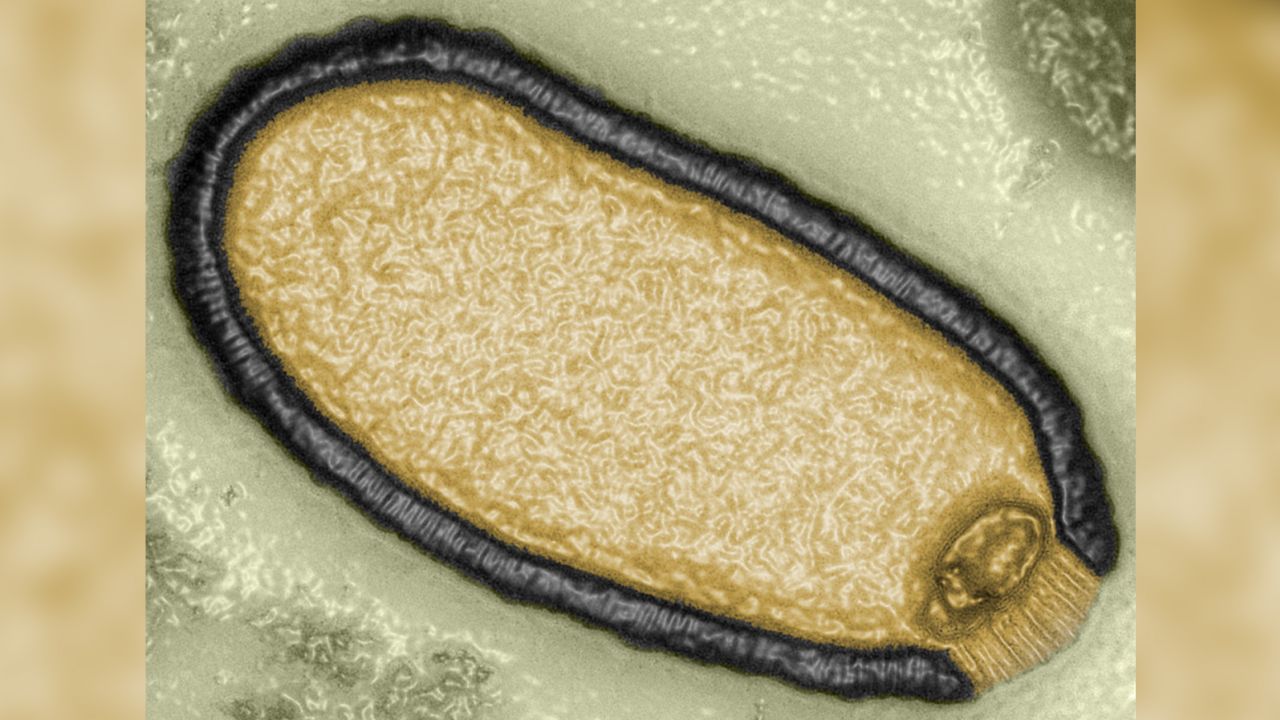Scientists worry the Great Salt Lake may create a toxic dustbowl.
February 10, 2023Tweet

(CNN) ⸻ The Great Salt Lake in Utah is facing a water crisis due to megadrought and overconsumption. When lake levels hit historic lows in recent months, 800 square miles of lakebed were exposed, exposing centuries of toxins. Scientists warn that the massive body of water could evaporate into a system of lifeless finger lakes within five years, on its way to becoming the Great Toxic Dustbowl. The lake is fed by rain, snow and runoff, but with no rivers to take water to the ocean, salt and minerals build up over time. Only brine flies and shrimp can survive in the salty water, creating a unique ecosystem that supports 10 million migratory birds. 80,000 white pelicans annually nest on islands without fish, but as the water evaporates without replenishment, the yacht basin is all mud, predators can walk to the pelican nests and the bottom of the food chain is collapsing.
Bonnie Baxter, director of the Great Salt Lake Institute at Westminster College in Salt Lake City, Utah, has warned that the fate of the brine shrimp is directly related to the future of Salt Lake City. A new partnership between university researchers and state officials overseeing natural resources, agriculture and food has formed a "Great Salt Lake Strike Team," and released a report this week urging lawmakers to rewrite water law. The report warns that the lake is on track to vanish in five years, and that further drying could lead to more pollution. It also points to California's Owens Lake, which was notoriously drained by developers in the 1920s to build Los Angeles and inspired the watery, 1974 noir "Chinatown." After decades of moving water and gravel to control the dust, the bill for draining Owens Lake is $2.5 billion and rising.
Jeff Steed, executive director of the Janet Quinney Lawson Institute for Land, Water and Air at Utah State University, is leading a strike team to get more water to the Great Salt Lake. To demonstrate the unifying power of water, he traveled to the campus of rival University of Utah where the rooftop lab of John Lin, professor of Atmospheric Sciences, measures how closely air and water are related. Steed said that human choices led to California's catastrophic event, and that we can avoid that catastrophe if we make choices today. He also expressed hope that collaboration is seeing a lot more collaboration than he has seen in his lifetime.
Moonshot proposals to save the lake include a plan to pipe water from the Pacific, which would be a costly endeavor both in terms of money and planet-warming pollution. To save the lake, the cheapest solution is for the state to buy some of the farmers out of their water rights and release some of this water in the natural system. Baxter hopes for snow after recent storms raised the lake level by around a foot, but the aquifers are dry and runoff in the spring might not bring as much water as they hope.
Utah- Baxter- Lake- Pacific- The-great-salt-lake
Comments
Related news

Study suggests Earth's inner core has stopped turning and may reverse.
Read more
A "zombie" virus that was frozen in permafrost for 48,500 years has been awakened by scientists.
Read more
The Arab League may have enough votes to reintroduce Syria into the fold.
Read more
Many French employees are outraged that they may have to retire at age 64. Reasons why
Read more
Erdogan's political destiny may be decided by a far-right nationalist leader.
Read more
As a fire breaks out at a warehouse near Hamburg, a toxic fume warning
Read more
The US president may visit Poland, but he won't visit Kiev on the conflict's anniversary.
Read more
Ukraine may launch an onslaught against Russia at any time. Here's what's in store
Read more
Biden won't visit toxic-spill-hit Ohio community.
Read more